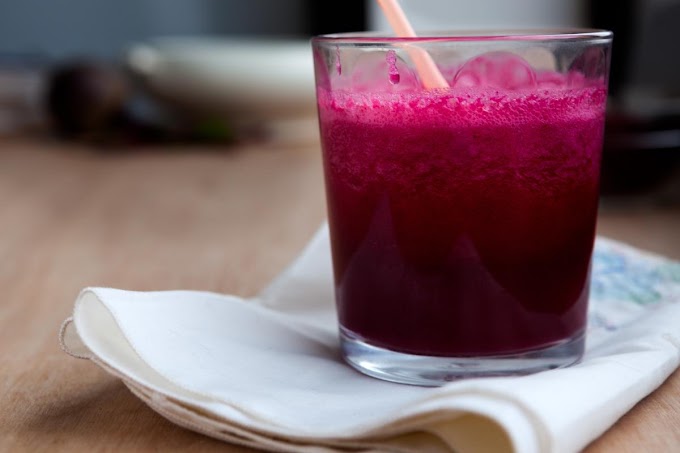1. The Base of the Curry
The base of any good curry is crucial as it provides the foundation of flavors. Without tomatoes, you can use alternatives like yogurt, coconut milk, or a combination of onions and spices to create a rich and creamy base.
Yogurt:
Yogurt is an excellent substitute for tomatoes in chicken curry. It adds a tangy flavor, similar to tomatoes, but with a creamy texture that balances the spices. Greek yogurt or plain yogurt works best. To prevent curdling, make sure to whisk the yogurt well and add it to the curry at a lower temperature.
Coconut Milk:
Coconut milk is another fantastic option, especially if you’re looking for a creamier, milder curry. It brings a slightly sweet flavor that complements the spices beautifully. Coconut milk-based curries are popular in South Indian and Southeast Asian cuisines.
Onions and Spices:
A generous amount of onions sautéed until golden brown can create a thick, flavorful base. When combined with garlic, ginger, and a blend of spices, onions can give your curry a deep, rich flavor without the need for tomatoes
2. Spice It Up
Spices are the heart of any curry, and without tomatoes, they take center stage. You can adjust the spices to suit your taste, but a basic spice blend might include:
Turmeric: Adds color and earthiness to the curry.
Cumin: Provides a warm, nutty flavor.
Coriander: Adds a fresh, citrusy note.
Garam Masala: A blend of ground spices that adds depth and warmth.
Red Chili Powder: For heat, adjust according to your preference.
Fenugreek Seeds: Adds a slightly bitter, nutty flavor.
Mustard Seeds: Common in South Indian cooking, adds a pungent flavor.
Toast the whole spices in oil before adding the other ingredients to release their full flavor.
3. Building the Curry
Here’s a step-by-step guide to making chicken curry without tomatoes:
Ingredients:
500g chicken (bone-in or boneless)
2 large onions, finely chopped
4-5 cloves of garlic, minced
1-inch ginger, minced
1 cup yogurt or 1 cup coconut milk
2-3 tablespoons vegetable oil
1 teaspoon cumin seeds
1 teaspoon turmeric powder
1 tablespoon coriander powder
1 teaspoon cumin powder
1 teaspoon garam masala
1 teaspoon red chili powder (adjust to taste)
Salt to taste
Fresh coriander leaves for garnish
Instructions:
Marinate the Chicken:
In a bowl, mix the chicken with 2 tablespoons of yogurt (if using), 1 teaspoon of turmeric, 1 teaspoon of red chili powder, and a pinch of salt. Let it marinate for at least 30 minutes. This step infuses the chicken with flavor and helps tenderize it.
Prepare the Base:
Heat oil in a large pan over medium heat. Add the cumin seeds and let them sizzle until they release their aroma.
Add the chopped onions and sauté them until they turn golden brown. This step is crucial for building a rich, flavorful base.
Stir in the garlic and ginger, cooking for another 2-3 minutes until fragrant.
Spice It Up:
Add the coriander powder, cumin powder, and remaining turmeric. Cook the spices for a minute to toast them and bring out their flavors.
If you’re using yogurt, lower the heat and slowly add the yogurt, stirring continuously to prevent curdling. If you’re using coconut milk, add it at this stage and bring the mixture to a gentle simmer.
Cook the Chicken:
Add the marinated chicken to the pan, stirring to coat it in the spiced base.
Cover the pan and let the chicken cook for 20-25 minutes on medium-low heat, stirring occasionally. The chicken should be tender and fully cooked through.
Finish with Garam Masala:
Once the chicken is cooked, sprinkle garam masala over the curry. Stir well and let it cook for another 2-3 minutes to allow the flavors to meld together.
Garnish and Serve:
Garnish with fresh coriander leaves. Serve the chicken curry hot with steamed rice, naan, or roti.
4. Adding Vegetables
If you want to bulk up your curry and add more nutrients, consider adding vegetables like potatoes, bell peppers, spinach, or peas. These can be added after the chicken is halfway cooked. Potatoes, in particular, absorb the flavors of the curry beautifully and make the dish more filling.
5. Tips for Perfect Chicken Curry Without Tomato
Balance the Tang: Since tomatoes provide acidity, you might need to balance the flavors. If using yogurt, you’re already adding some tang. If not, a splash of lemon juice or tamarind paste towardsthe end of cooking can help.
Consistency: If the curry is too thick, you can thin it out with a bit of water or chicken broth. If it’s too thin, let it simmer uncovered to reduce and thicken.
Avoid Curds: When using yogurt, always add it at a lower temperature and stir continuously to avoid curdling. Full-fat yogurt is less likely to curdle than low-fat versions.
Experiment with Flavors: Don’t be afraid to experiment with different spices and herbs. Fresh curry leaves, bay leaves, or a cinnamon stick can add unique flavors to your curry.
6. Conclusion
Cooking chicken curry without tomatoes is not only possible but can be a delightful experience that introduces you to new flavors and textures. Whether you opt for a yogurt-based curry, a creamy coconut milk version, or a spiced onion base, the key is to balance the flavors and let the spices shine. With these tips and techniques, you’ll be able to create a delicious chicken curry that’s rich, aromatic, and satisfying—no tomatoes needed. Enjoy your culinary adventure!








Social Plugin